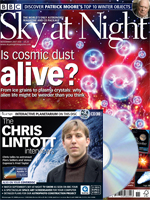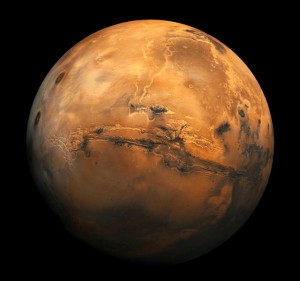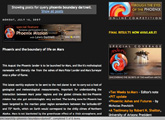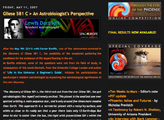Space bugs!
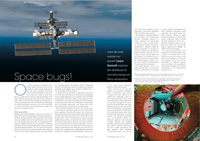 On Earth, microbes get absolutely everywhere. Indeed, there seem to be very few completely sterile natural environments. But what about microbial colonization of locations beyond Earth? In this article we’ll explore the realm of space bugs. There is a great deal of interest in the microbiology of the closed artificial environments created for human exploration of the cosmos, such as the International Space Station (ISS), as well as in minimizing the risks of inadvertently transporting terrestrial contamination elsewhere, and even the possibility of a natural mechanism spraying life between worlds over the history of the solar system.
On Earth, microbes get absolutely everywhere. Indeed, there seem to be very few completely sterile natural environments. But what about microbial colonization of locations beyond Earth? In this article we’ll explore the realm of space bugs. There is a great deal of interest in the microbiology of the closed artificial environments created for human exploration of the cosmos, such as the International Space Station (ISS), as well as in minimizing the risks of inadvertently transporting terrestrial contamination elsewhere, and even the possibility of a natural mechanism spraying life between worlds over the history of the solar system.
Download pdf




